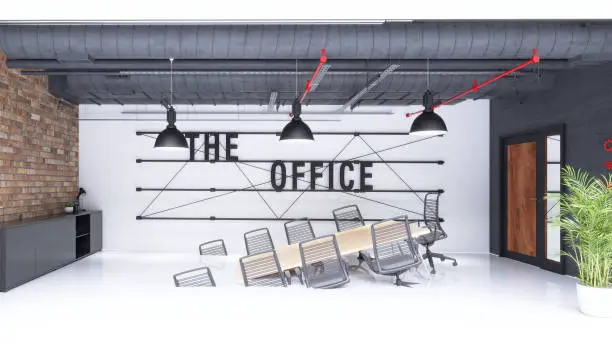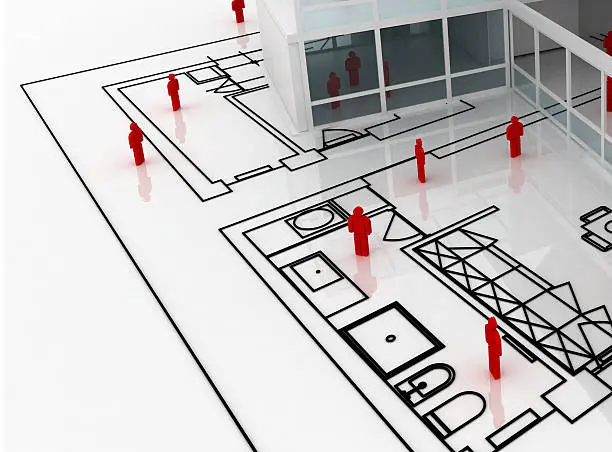
The Ultimate Office Relocation Checklist: Ensuring a Smooth Transition
- Admin
Relocating an office is a complex endeavor that requires meticulous planning and organization. With numerous tasks to manage and deadlines to meet, having a comprehensive checklist can help streamline the process and ensure nothing falls through the cracks. In this article, we'll outline the essential items to include in your office relocation checklist to facilitate a smooth transition to your new workspace.
1. Pre-Planning Phase:
- Establish a Timeline:
Set a timeline for the entire relocation process, including key milestones and deadlines. This will provide a roadmap for planning and ensure that all tasks are completed in a timely manner.
- Form a Relocation Team:
Assemble a dedicated relocation team comprising key stakeholders and department representatives. Assign specific roles and responsibilities to team members to ensure effective coordination throughout the relocation process.
2. Location and Lease Considerations:
- Select a New Location:
Choose a new office location that meets your business needs and objectives. Consider factors such as accessibility, proximity to clients and employees, transportation options, and amenities.
- Negotiate Lease Terms:
Negotiate lease terms for the new office space, including lease duration, rent escalations, tenant improvements, and other provisions. Ensure that the lease agreement aligns with your budget and business requirements.
3. Logistics and Operations:
- IT Infrastructure:
Plan for the transfer of IT infrastructure, including networks, servers, and telecommunications systems. Coordinate with IT professionals to minimize downtime and ensure a smooth transition.
- Furniture and Equipment:
Coordinate the packing and transportation of office furniture, equipment, and supplies. Develop a plan for disassembly, packing, labeling, and reassembly to facilitate a seamless move.
4. Communication and Employee Engagement:
- Communicate with Employees:
Keep employees informed about the relocation process, including the reasons for the move, timelines, and how it will impact their roles and responsibilities. Encourage feedback and address any concerns or questions they may have.
- Employee Engagement:
Involve employees in the planning process and seek their input on the new office space. Encourage participation and engagement to foster a positive work environment and ensure a smooth transition.
5. Business Continuity Planning:
- Develop Contingency Plans:
Develop contingency plans to address unforeseen challenges or disruptions that may arise during the relocation process. Identify potential risks and develop strategies to mitigate them to ensure business continuity.
- Test Systems and Processes:
Test systems, processes, and infrastructure in the new office space before the move to identify any issues or areas for improvement. Conduct comprehensive testing to ensure that everything is functioning correctly.
Conclusion:
By following this comprehensive office relocation checklist, you can ensure a smooth and successful transition to your new workspace. From pre-planning and location considerations to logistics coordination, communication, and business continuity planning, each item on the checklist plays a crucial role in facilitating a seamless move. With careful planning and execution, you can minimize disruption to your business operations and set yourself up for success in your new office space.
